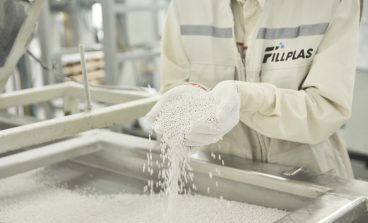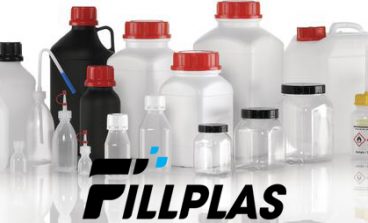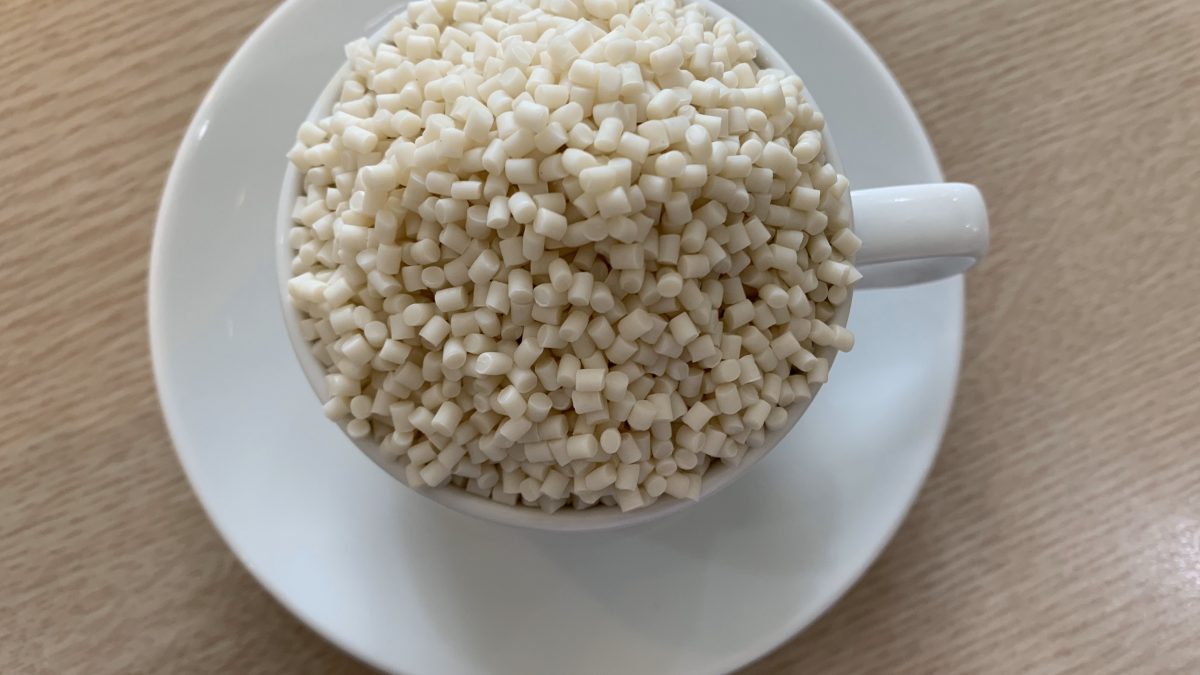
What is PLA, and what is it used for?
Polylactic Acid (PLA) is different than most thermoplastic polymers in that it is derived from renewable resources like corn starch or sugar cane. Most plastics, by contrast, are derived from the distillation and polymerization of nonrenewable petroleum reserves. Plastics that are derived from biomass (e.g. PLA) are known as “bioplastics”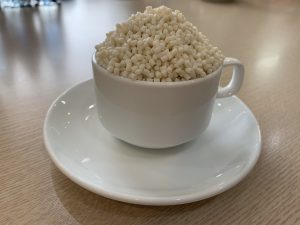
Polylactic Acid is biodegradable and has characteristics similar to polypropylene (PP), polyethylene (PE), or polystyrene (PS). It can be produced from already existing manufacturing equipment (those designed and originally used for petrochemical industry plastics). This makes it relatively cost efficient to produce. Accordingly, PLA has the second largest production volume of any bioplastic (the most common typically cited as thermoplastic starch).
There are a vast array of applications for Polylactic Acid. Some of the most common uses include plastic films, bottles, and biodegradable medical devices (e.g. screws, pins, rods, and plates that are expected to biodegrade within 6-12 months). PLA constricts under heat and is thereby suitable for use as a shrink wrap material. Additionally, the ease with which Polylactic Acid melts allows for some interesting applications in 3D printing. On the other hand, its low glass transition temperature makes many types of PLA (for example, plastic cups) unsuitable to hold hot liquid.
Here is a look at some different PLA products on the market:
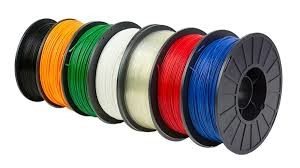
PLA printing filament, photo courtesy Alibaba.com
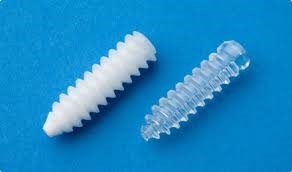
PLA medical screws, photo courtesy of DSM.com
What Are The Different Types of Polylactic Acid and Why is it Used so Often?
There are several different types of Polylactic Acid to include Racemic PLLA (Poly-L-lactic Acid); Regular PLLA (Poly-L-lactic Acid); PDLA (Poly-D-lactic Acid); and PDLLA (Poly-DL-lactic Acid). They each have slightly different characteristics but are similar. In that they are produced from a renewable resource (lactic acid: C3H6O3) as opposed to traditional plastics which are derived from nonrenewable petroleum.
PLA production is a popular idea as it represents the fulfillment of the dream of cost-efficient; non-petroleum plastic production. The huge benefit of PLA as a bioplastic is its versatility. And the fact that it naturally degrades when exposed to the environment. For example, a PLA bottle left in the ocean would typically degrade in six to 24 months. Compared to conventional plastics (which in the same environment can take several hundred to a thousand years to degrade) this is truly phenomenal. Accordingly, there is a high potential for PLA to be very useful in short lifespan applications where biodegradability is highly beneficial (e.g. as a plastic water bottle or as a container for fruit and vegetables). Of note, despite its ability to degrade when exposed to the elements over a long time, PLA is extremely robust in any normal application (e.g. as a plastic electronics part).

